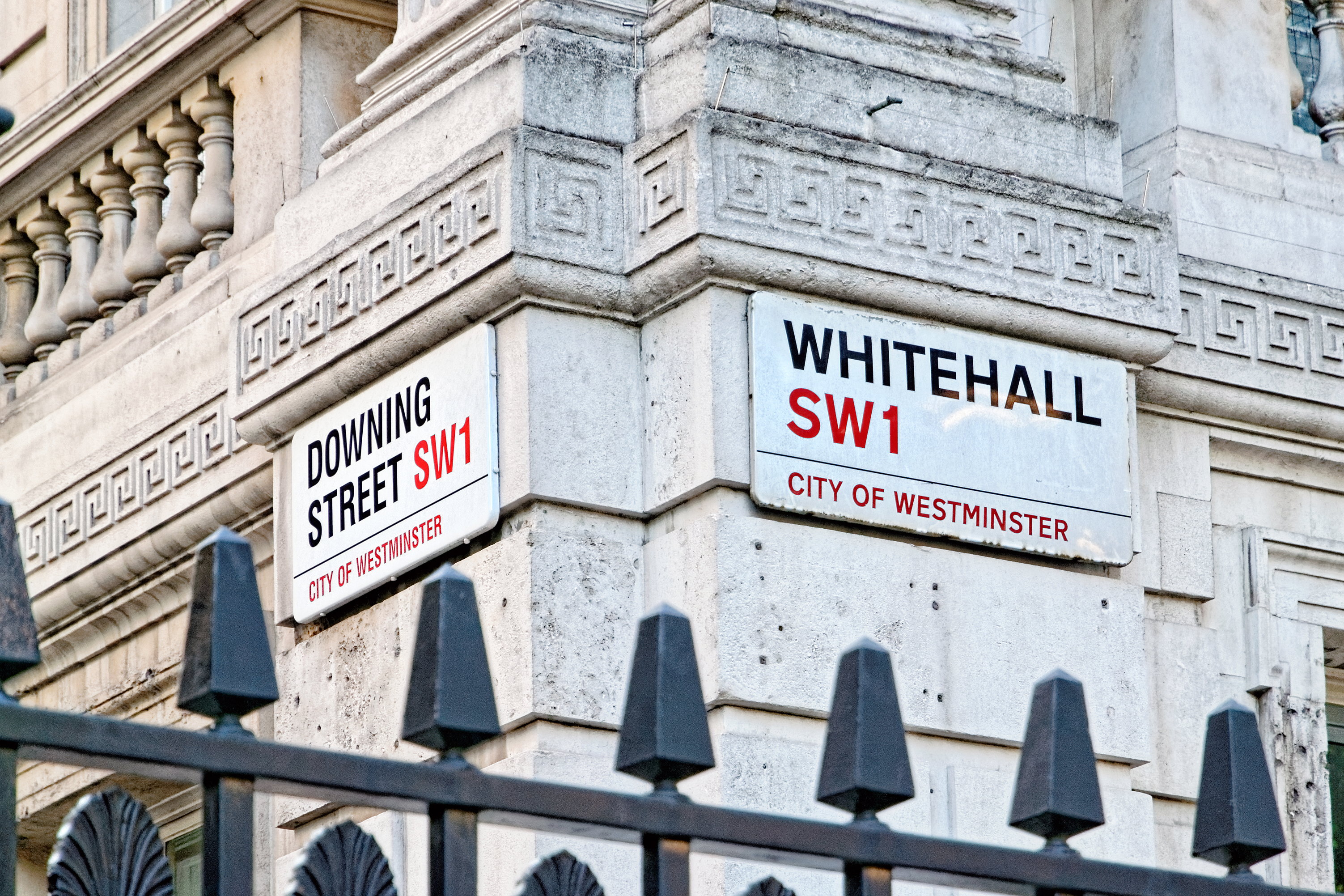What is a Young Offenders Institute?
Young Offender Institutions are prisons for 15-21 year olds. They are run by the Prison Service as part of the prison estate as a whole.
There are three forms of youth custody in the United Kingdom, Young Offender Institutions (which account for 73% of those in custody), Secure Training Centres (housing 17%) and Local Authority Secure Children’s Homes (10%).
The three operations focus on different types of youth offenders and therefore have different staffing and accommodation specifications.

The numbers incarcerated in youth justice facilities has declined by around two thirds in the last decade.
Compared to other parts of the youth justice system, Young Offender Institutions have a lower staff to offender ratio, reflecting the focus of these institutions on incarceration as opposed to rehabilitation and care. Young Offenders Institutions are also generally larger than other parts of the system.


Prisoners serving sentences at Young Offender Institutions are expected to take part in at least 25 hours of education per week. Young offender wings also exist within adult prisons. Perhaps the best-known Young Offenders Institution in England is Feltham in west London.
Secure Training Centres are smaller, purpose-built establishments designed to accommodate between 60–80 boys and girls aged 12–17. They have higher staff-to-children ratio compared to Young Offenders Institutions. Prior to 2018, there were 3 Secure Training Centres in England.
There are currently 8 Secure Children’s Homes in England and Wales that detain children on justice grounds. Operated by local authorities, these are characterised by a child care rather than a custodial ethos. These are overseen by the Department of Education rather than the Ministry of Justice.
In 2019 there were approximately 859 people under 18 in youth custody in England, of which approximately one quarter were on remand. This figure has dropped by almost two thirds in the last decade, and is considerably lower than the figure of 2,807 in 2001.
The Ministry of Justice’s Youth Custody report detailed how 72% of children and young people in custody had committed serious offences. The most common offence category was violence against the person, which was the primary offence category of 51% of those in youth custody.
The average length of time spent in youth custody was 91 nights or around 3 months. A small proportion (5%) had spent more than 18 months in custody.
Controversies
Young Offender Institution’s have historically been the target of criticism from both the public and the Government. Problems at Young Offenders Institutions have included suicides, bullying and unsafe conditions for prisoners. Young Offenders Institutions and juvenile establishments have the highest assault rates of any of the prisons in England and Wales.
Critics of Young Offenders Institutions argue that imprisonment is inappropriate for young people. The majority of those within the institutions are said to have complex educational, social and often mental health needs, which critics say are often not addressed.
Reoffending rates
Lack of resources and intimidating atmospheres are said to hamper rehabilitation work in Young Offenders Institutions. Indeed, some critics argue that the effect of incarceration has the opposite effect: with little to occupy them and in the company of other offenders, detainees may be put on the road to a life of crime.
The 2018/19 reoffending statistics showed that over two-thirds (69%) of children and young people released from custody reoffend within 12 months of release. They committed an average of 5 new offences per reoffender. This compares with a reoffending rate of 48% from adult prisons.
Violence and Assaults
A number of modern Young Offender Institutions have attracted particular criticism for their violence and disorder problems.
The former HM Chief Inspector of Prisons, Sir David Ramsbotham, condemned Feltham Young Offender Institution as “one of the worst” prisons in the system, with “Dickensian” conditions, racism and violence. The Prison Service was accused of “a shocking catalogue of failure” over the killing of Asian teenager Zahid Mubarek by a racist cellmate at Feltham.
Conversely Sir David also singled out Swinfen Hall Young Offender Institution in Staffordshire as an example to other institutions; a place “in which the needs as well as the characteristics of young, adolescent prisoners, are understood and catered for.”
The problems with violence in the youth justice estate are evident in the statistics. In 2018/19, there were on average 184 proven assaults per month in Secure Children’s Homes and Secure Training Centres, or 63 per 100 children. An average of 35% of children were involved as perpetrators. In Young Offenders Institutions, there were 269 assaults on average per month, equivalent to 33 per 100 children and young people, and involving 24% of those in custody.
Self Harm and Lack of Care
Self Harm has been identified as a particular problem within Young Offenders Institutions. According to the Ministry of Justice, across the whole secure youth estate there were 153 self-harm incidents per month in 2018/19. Around 7% of children and young people in the youth estate self harmed in 2019.
Concerns have also been expressed firstly in relation to the length of time during the day that offenders have been locked in their cells, and secondly that children are housed in youth justice facilities that are so far away from their homes.
Restraint Practices
A number of complaints have also been raised about the restraint practices used in the Youth Justice System. These issues were highlighted by an under-cover BBC Panorama programme in 2016 on the Medway Secure Training Centre which appeared to show the disproportionate use of physical restraint.
In 2019, a Joint Committee on Human Right’s report concluded that there is substantial medical evidence of the physical and psychological impacts of restraint particularly when used on children. The Committee stated that “restraint harms children, it harms staff, it undermines the objectives of detention, and contributes to a vicious circle of problems that can continue into the future. It found rates of restraint of children to be unacceptably high and said children’s rights are being routinely breached”.
Young Offenders Institutions – History
Young Offender Institutions were introduced under the Criminal Justice Act 1988, but special centres for young offenders have existed since the 19th century.
The idea originated with the Gladstone Committee of 1895 which looked at how to reform young offenders. The first institution was opened in 1902 at Borstal Prison in Kent – and the name ‘borstal’ has become synonymous with the system ever since.
The ‘Borstal Philosophy’ was based on the regimes of late 19th century and early 20th century public schools, advocating military-style discipline (including widespread corporal punishment) and emphasising work training and skills acquisition.
The Criminal Justice Act 1982 abolished the borstal system, replacing it with a network of youth custody centres.
Young Offender Institutions are today regulated by the Young Offender Institution Rules 2000, which are effectively the equivalent of the Prison Rules 1999 that apply to adult prisons in the UK.
In December 2007 a pilot scheme was launched which aimed to stop first-time young offenders going to court unnecessarily and prevent them from re-offending. Under the Youth Restorative Disposal (YRD) scheme, first-time offenders aged between 10 and 17 who had committed a low-level minor offence would have to explain their actions and apologise to their victim. The apology could be given in either oral or written form.
It was suggested the scheme would enable police to deal with minor cases more speedily and efficiently, allowing them to concentrate on more serious crime. The pilot, which was set to end in 2009, was to be followed by an evaluation to decide whether it should be rolled out nationally.
In December 2010 the Coalition government published a Green Paper entitled ‘Breaking the cycle: A public consultation on effective punishment, rehabilitation and sentencing of offenders.’ The paper set out how the Ministry of Justice proposes to “break the destructive cycle of crime” and ensure offenders make amends to the victims or communities for harm they have caused. The consultation on the paper’s proposal closed in March 2011.
In its response published in June 2011, the Government stated that within the youth justice system it would end the current high level of central performance monitoring and develop a risk based monitoring programme centred on three key outcomes: reducing the number of first time entrants to the youth justice system; reducing reoffending; and reducing custody numbers.
The Public Bodies Act provided for the functions of the Youth Justice Board to be transferred to a newly created Youth Justice Division in the Ministry of Justice.
Youth justice services would in future be locally determined and driven; they would maximise value for money, be publicly accountable through a Minister, and be lighter-touch. Underperforming Youth Offending Teams would be targeted, freeing up the best performing teams to provide greater opportunity to innovate.
In 2016, the Taylor Review undertook a review into Youth Justice and recommended putting youth justice at the heart of the system. In June 2018 the government responded to the report and the Ministry of Justice published its Secure Schools Vision. It was announced that the Secure Training Centre facility in Medway would be closed and the site reopened in due course as the country’s first Secure School in 2022.
Quotes
“Custody continues to play an important part in the youth justice system for the small number of children and young people for whom a community sentence is not appropriate. However, this small group comprises some of the most troubled and disengaged young people in our communities. It is essential that, during a period in custody, each young person is able to access services and support that enable them to lead a successful, fulfilled and crime-free life on return to their community.” – Youth Justice Board foreword to ‘Developing the Secure Estate for Children and Young People in England and Wales’.
“Various iterations of prisons for children as places of education and rehabilitation, have simply never worked” – Frances Cook, Chief Executive of the Howard League for Penal Reform.










